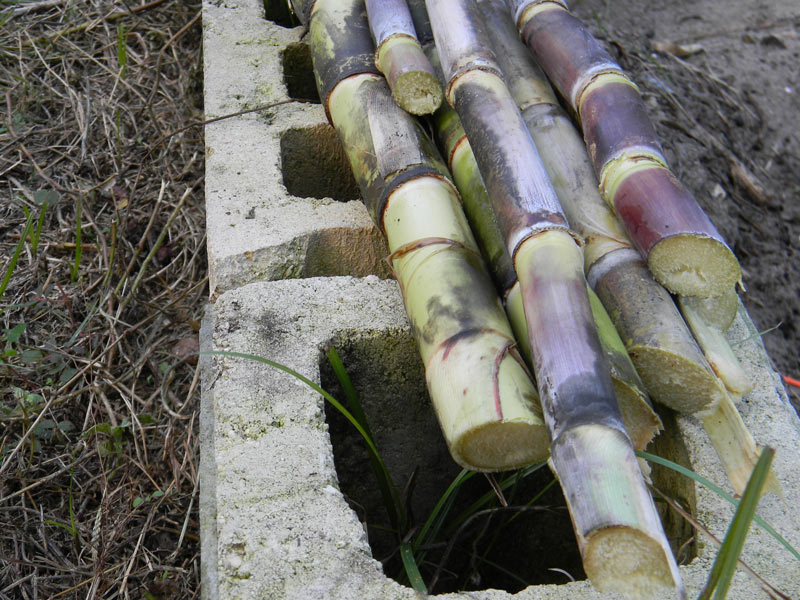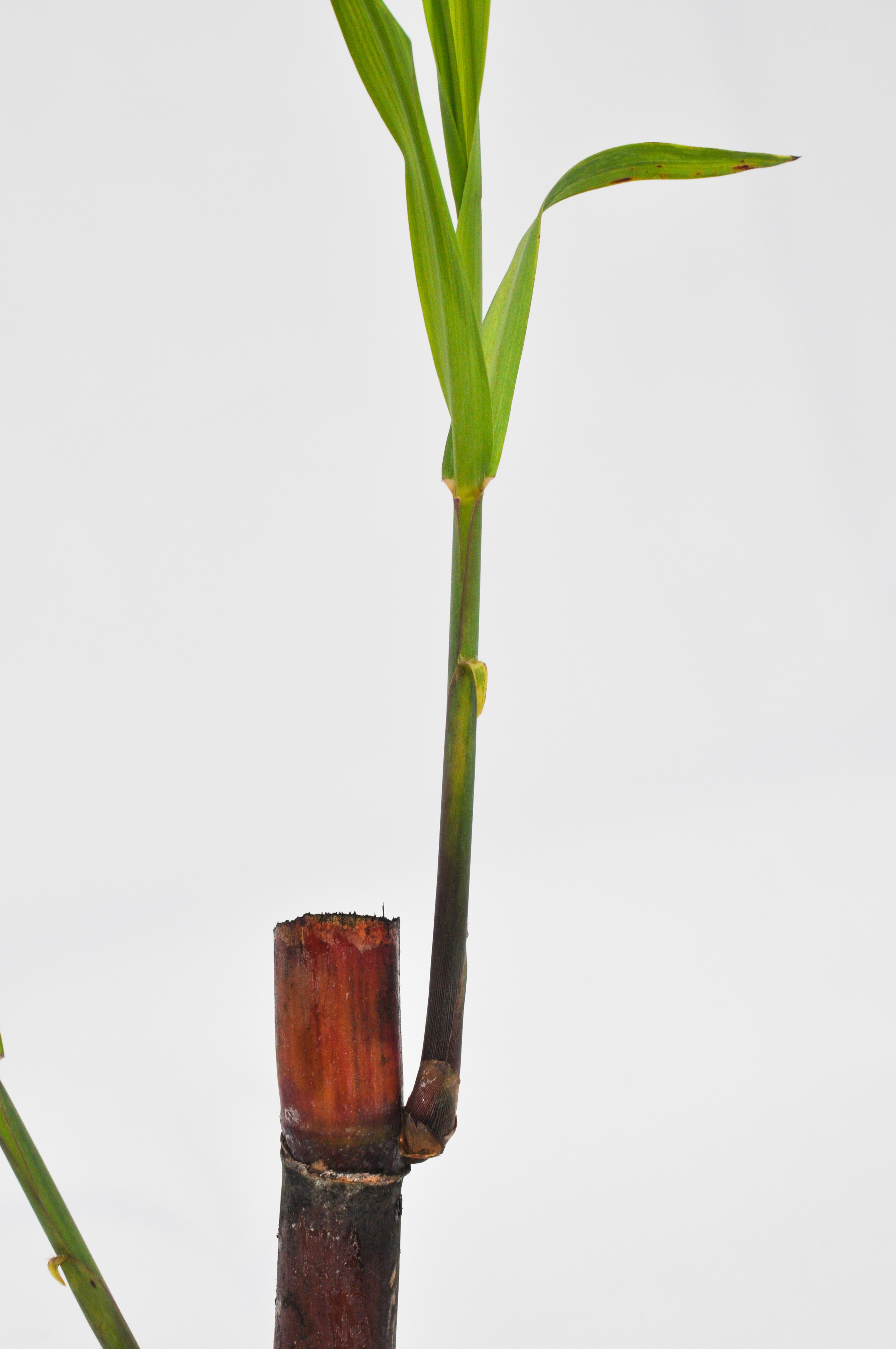The Difference Between Sugar and Cane: Understanding the Basics
Why Walking Cane Sugar Handling Chemicals Are Vital for Modern Sugar Refining
The role of walking stick sugar handling chemicals in modern sugar refining can not be overstated, as they are important to boosting both the performance of extraction and the general high quality of the end product. Representatives such as phosphoric acid and details flocculants are employed to remove contaminations, resulting in sugar that not only satisfies customer assumptions but likewise sticks to industry standards. The effects of these chemicals expand past high quality, touching upon market dynamics and environmental factors to consider. sugar and cane. This elevates vital inquiries concerning the sustainability of such practices and their effect on the future of sugar manufacturing.
Duty of Processing Chemicals
The effectiveness of cane sugar processing pivots significantly on the strategic application of handling chemicals. These chemicals play an essential role in boosting the effectiveness and quality of sugar removal and refining. From the initial phases of juice removal to the last filtration steps, processing chemicals help with different important operations.
In the removal stage, chemicals such as phosphoric acid and calcium hydroxide are employed to enhance the explanation procedure, helping to get rid of impurities and suspended solids from the walking cane juice. This not only boosts the return however likewise guarantees the clearness of the last item. Additionally, agents like flocculants help in the rapid settling of impurities, thereby simplifying the overall process.
Turned on carbon and ion exchange resins offer to get rid of shade and odor, ensuring that the refined sugar fulfills customer top quality standards. Thus, the precise selection and application of these chemicals are vital for attaining optimum end results in walking stick sugar processing.
Trick Kinds Of Chemicals
Walking stick sugar processing counts on a range of essential chemicals that help with each phase of manufacturing. These chemicals play important roles in making clear, whitening, and purifying the sugar extracted from cane.
One key classification of chemicals includes flocculants, such as polyacrylamide, which aid in the clarification procedure by promoting the gathering and settling of pollutants. Furthermore, calcium hydroxide is commonly utilized to reduce the effects of acidity and assist in the elimination of non-sugar components.
Bleaching representatives, such as activated carbon and sulfur dioxide, are made use of to decolorize the syrup, leading to a clearer last item. These chemicals assist get rid of color substances that might impact the sugar's look and bankability.
Furthermore, phosphoric acid works as a pH regulatory authority throughout the processing phases, guaranteeing optimum problems for the enzymatic activities entailed in sugar extraction and filtration.
Other essential agents include edta (ethylenediaminetetraacetic acid), which chelates metal ions that could catalyze undesirable responses, and salt hydroxide, which helps in pH control throughout the refining process. Collectively, these chemicals improve performance and ensure a high-grade walking cane sugar item.
Benefits for Sugar Top Quality
Often overlooked, making use of details handling chemicals substantially improves the overall quality of cane sugar. These chemicals play a crucial function in refining processes, making sure that the end product fulfills stringent industry criteria for purity and preference.

Furthermore, processing chemicals aid in attaining a constant granulation and appearance, which are crucial for consumer approval. By managing the condensation procedure, these chemicals make sure that the sugar crystals develop uniformly, bring about an extra appealing item that dissolves well in numerous applications.
In addition, making use of these chemicals can improve the service life of cane sugar by decreasing wetness absorption and microbial growth. Generally, the tactical application of processing chemicals is important for supplying top notch cane sugar that fulfills customer expectations and sector demands.
Ecological Influence Factors To Consider

In addition, the energy-intensive nature of sugar refining, intensified by chemical use, commonly my review here results in boosted carbon emissions. This adds to environment modification and elevates concerns relating to the sustainability of current refining techniques. Additionally, the sourcing of these chemicals might involve methods that endanger biodiversity, such as monoculture farming, which lowers the durability of agricultural communities.

To minimize these influences, sugar refiners are progressively discovering sustainable options and embracing finest techniques that lessen chemical use. Applying extensive ecological administration systems can aid make sure that the refining procedure aligns with ecological requirements and advertises biodiversity. Inevitably, a well balanced approach that prioritizes both sugar quality and ecological stewardship is vital for the lasting feasibility of the sugar market.
Future Trends in Refining
As the sugar industry grapples with the ecological challenges connected with traditional refining techniques, ingenious techniques are arising to improve both effectiveness and sustainability. One considerable trend is the adoption of green chemistry concepts, which prioritize making use of safe, biodegradable handling chemicals. This change not only minimizes environmental effect but additionally addresses customer demand for cleaner manufacturing techniques.
One more promising growth is the application of advanced filtration modern technologies, such as membrane layer separation and adsorption procedures. These techniques improve the quality and high quality of the sugar while decreasing the quantity of wastewater generated during refining. In addition, the Visit This Link assimilation of digital modern technologies, including IoT and AI, is changing operational performance by allowing real-time surveillance and anticipating maintenance, hence reducing source waste.
In addition, using byproducts from sugar refining, such as bagasse and molasses, is getting traction. These materials can be exchanged biofuels or value-added products, contributing to a round economic climate within the market. Collectively, these patterns signal a change in the direction of more sustainable practices that not just boost functional efficiency but likewise line up with worldwide sustainability objectives, making sure the future viability of sugar refining.
Final Thought
Walking cane sugar processing chemicals are important in modern-day sugar refining, significantly improving the effectiveness and top quality of sugar extraction. The calculated use these chemicals not just improves the pureness and flavor of the end product yet also makes certain regular condensation and structure. As the market progressively prioritizes sustainability, the adoption of environmentally-friendly processing agents is likely to form future fads in refining, ultimately resulting in better products and prolonged service life for customers.

Inevitably, a balanced technique that focuses on both sugar high quality and ecological stewardship is essential for the long-term practicality of the sugar market.
Walking stick sugar handling chemicals are necessary in modern-day sugar refining, significantly enhancing the effectiveness and high quality of sugar extraction.